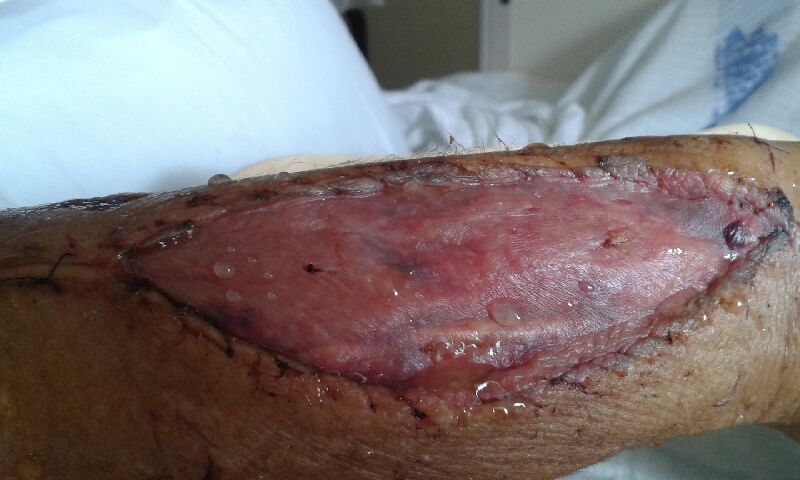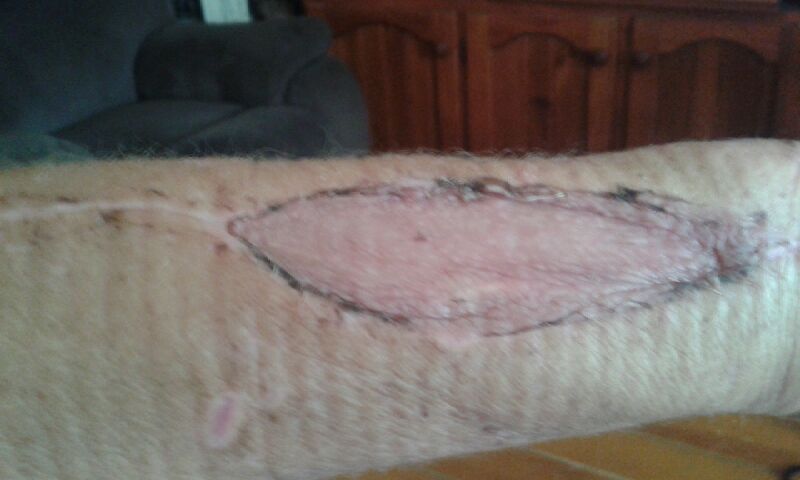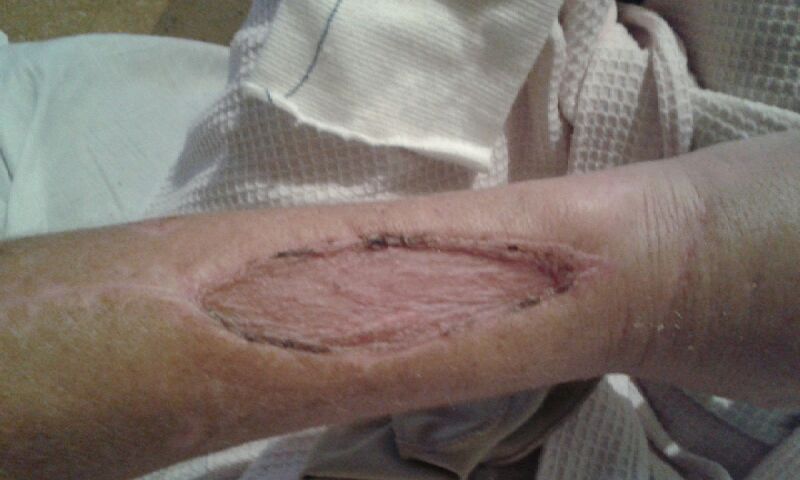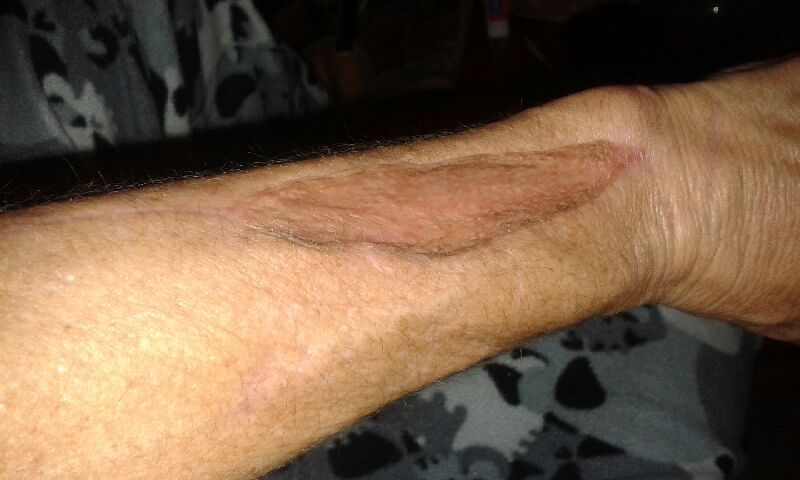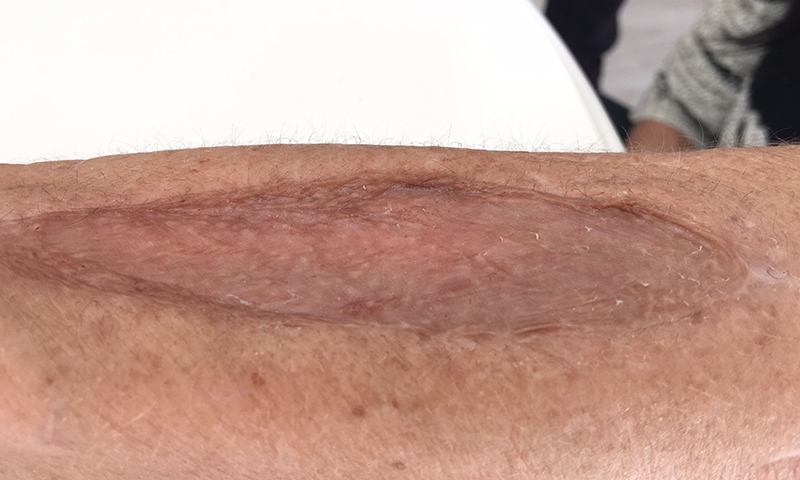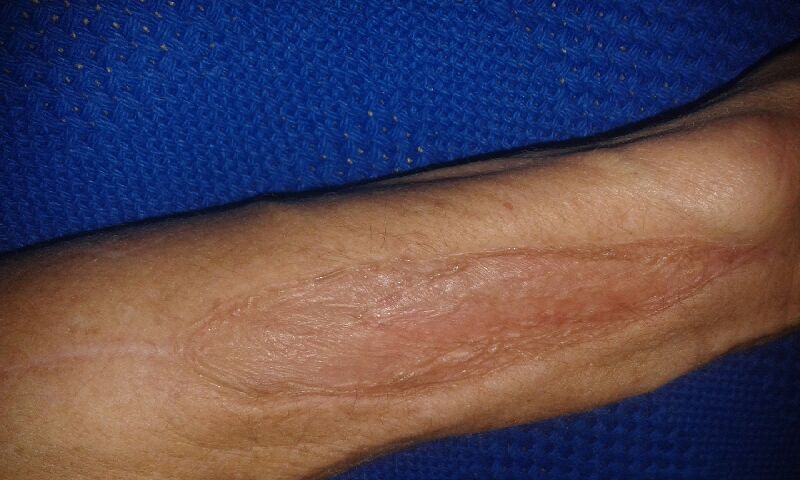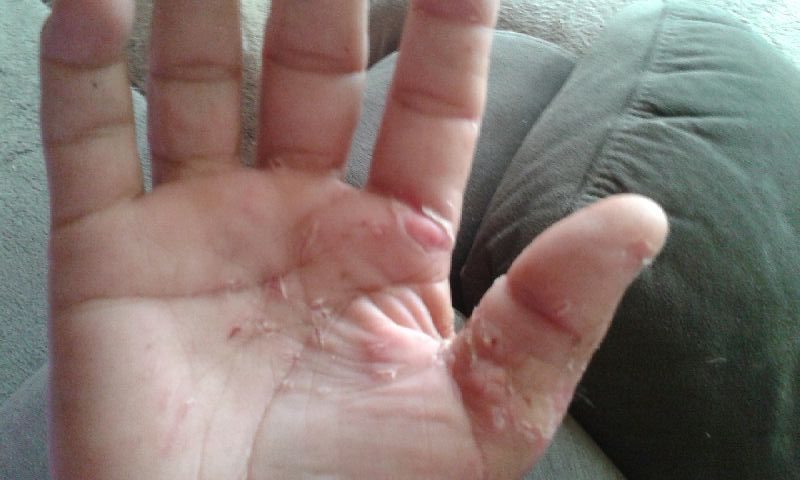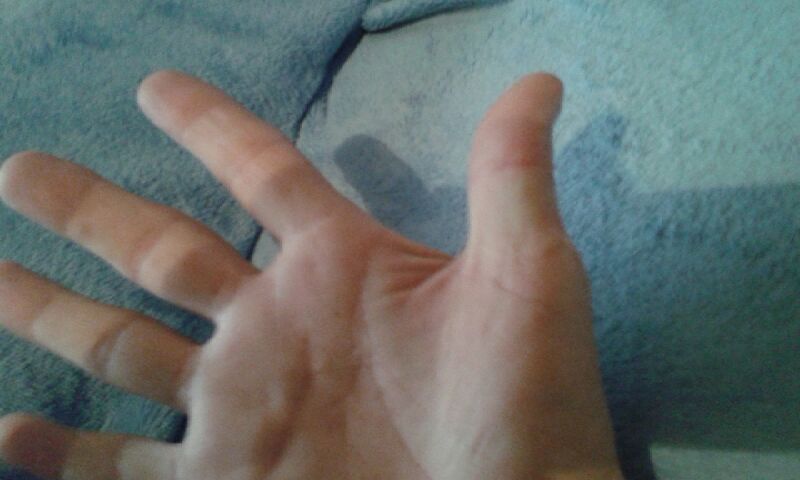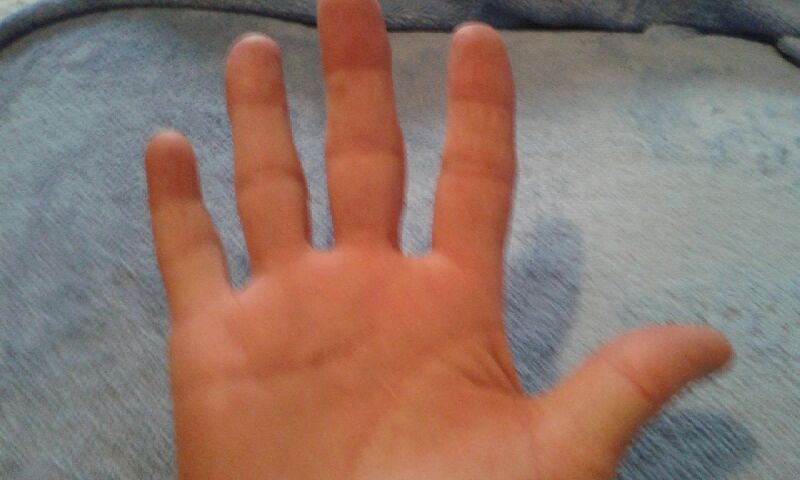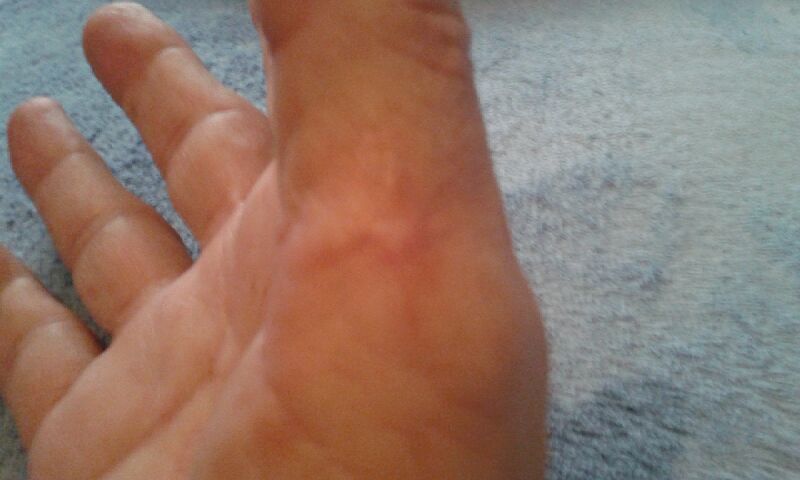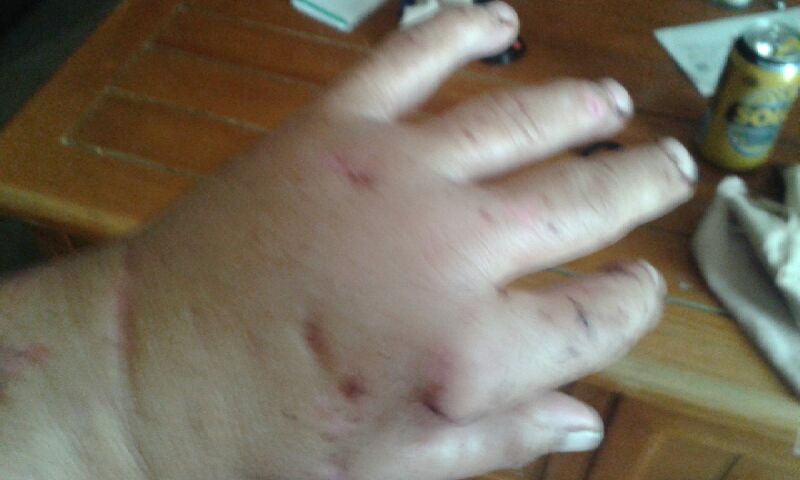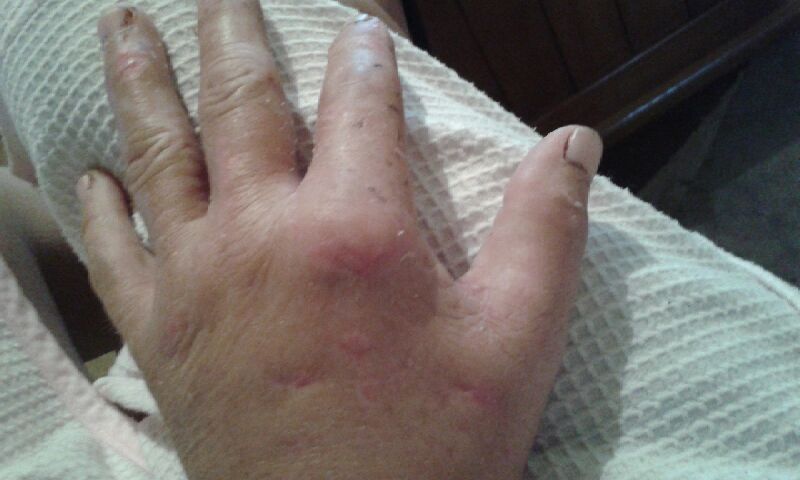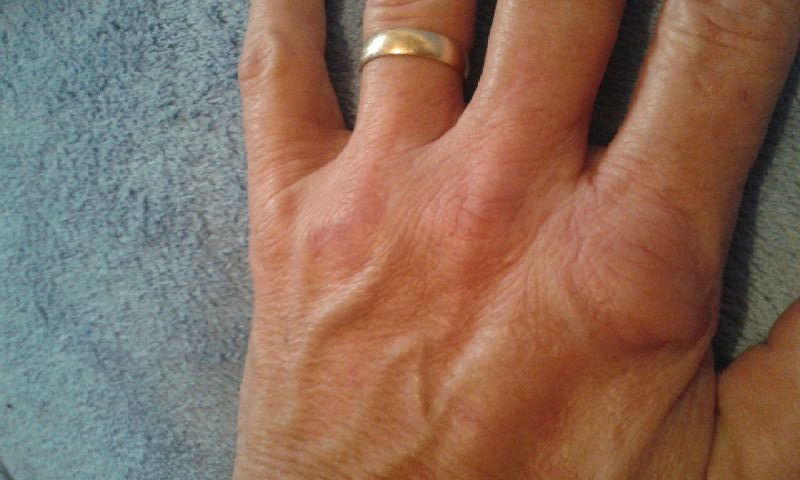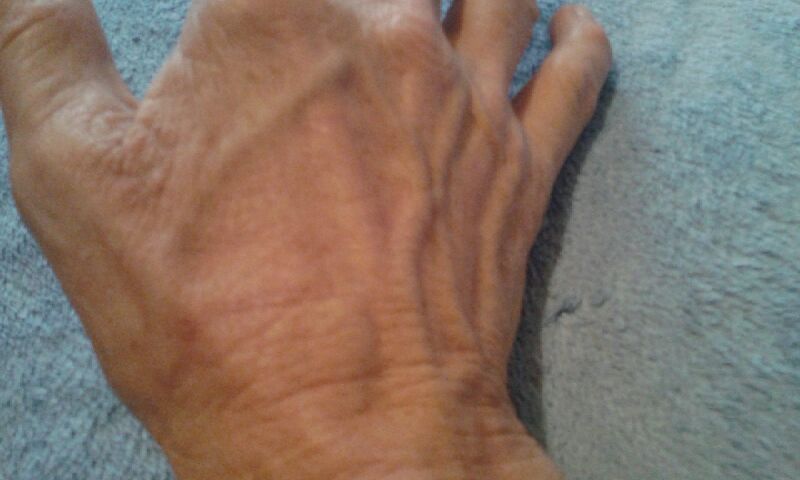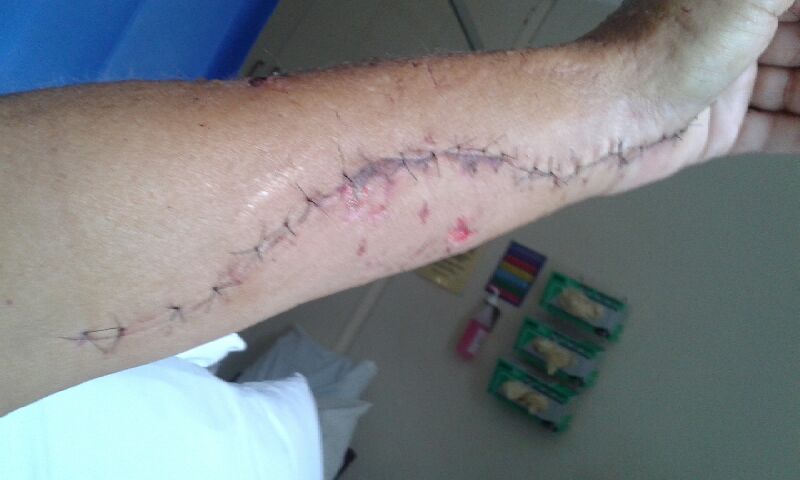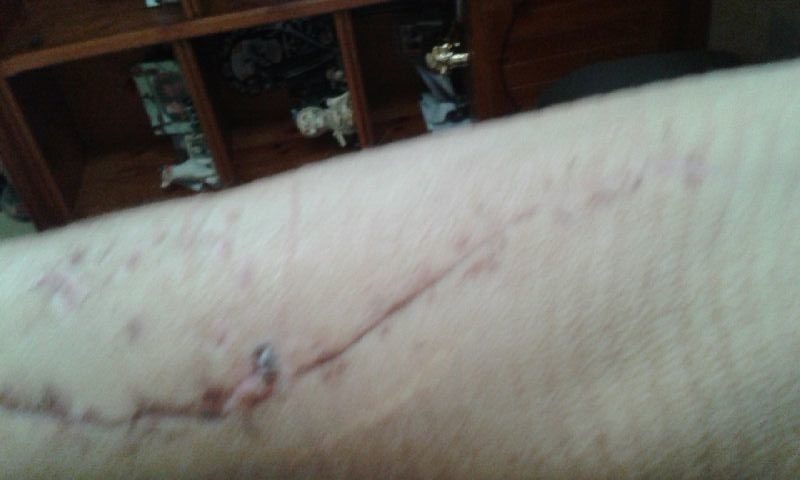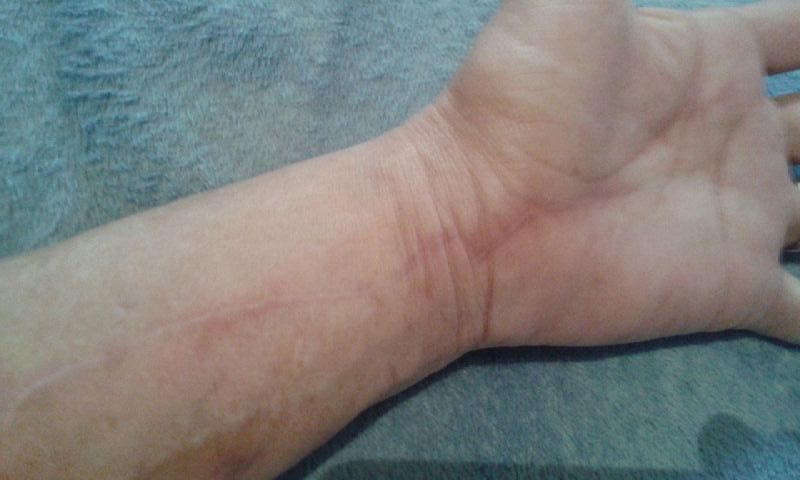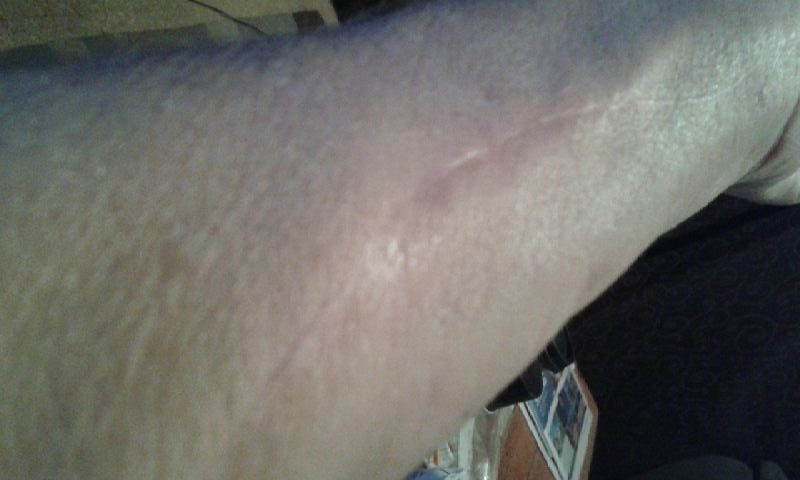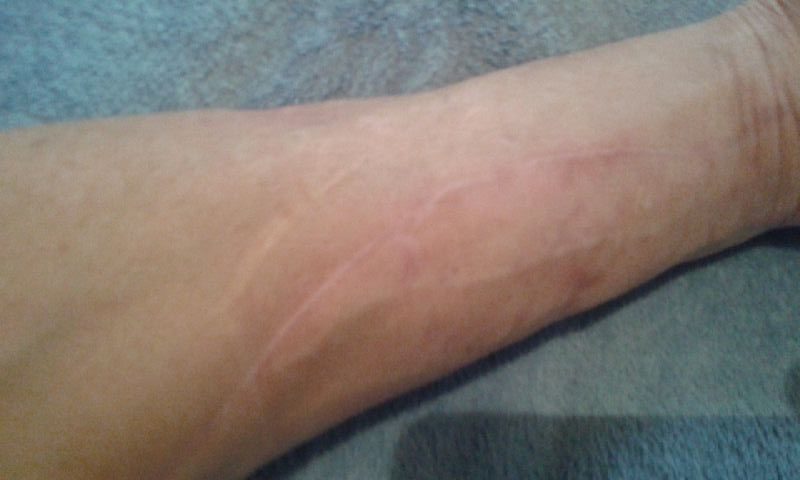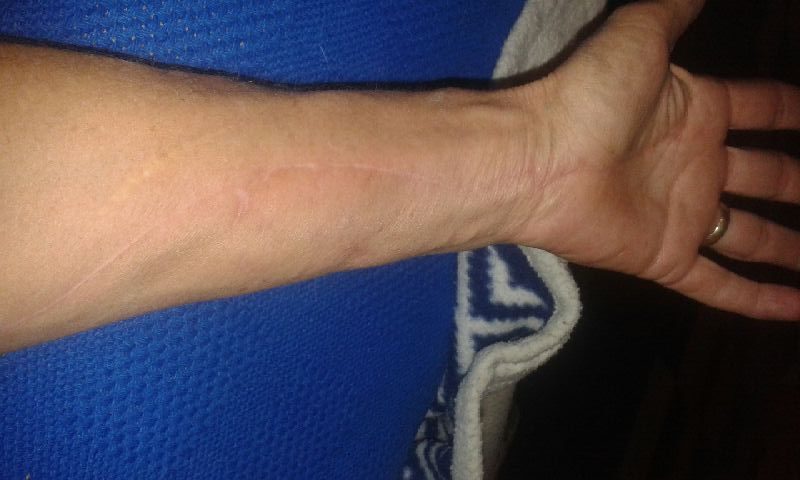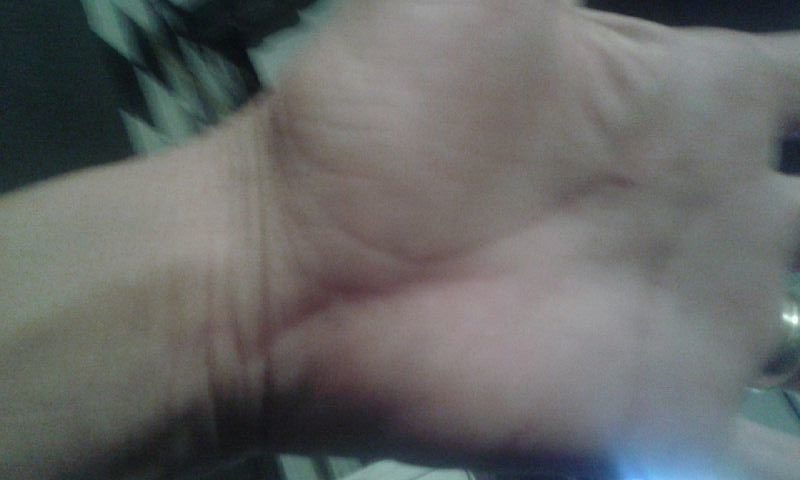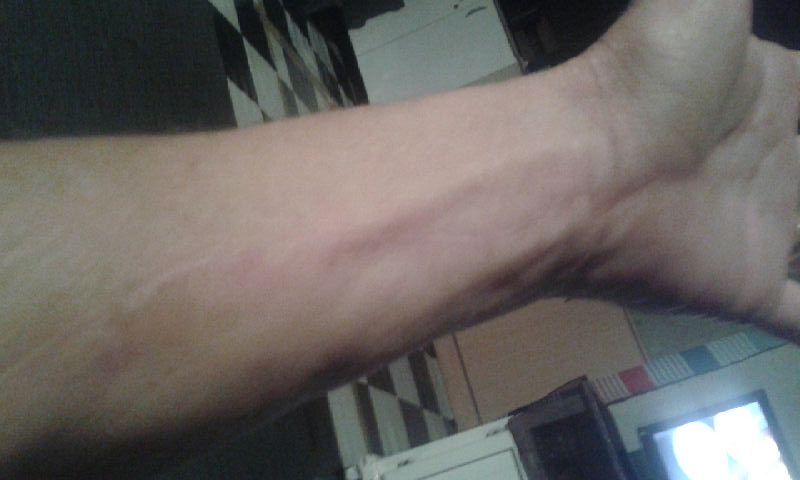The Skin
The skin is one of the largest organs in the body in surface area and weight. The skin consists of two layers: the epidermis and the dermis. Beneath the dermis lies the hypodermis or subcutaneous fatty tissue. The skin has three main functions: protection, regulation and sensation. Wounding affects all the functions of the skin.
The skin is an organ of protection. The primary function of the skin is to act as a barrier. The skin provides protection from: mechanical impacts and pressure, variations in temperature, micro-organisms, radiation and chemicals.
The skin is an organ of regulation. The skin regulates several aspects of physiology, including: body temperature via sweat and hair, and changes in peripheral circulation and fluid balance via sweat. It also acts as a reservoir for the synthesis of Vitamin D.
The skin is an organ of sensation. The skin contains an extensive network of nerve cells that detect and relay changes in the environment. There are separate receptors for heat, cold, touch, and pain. Damage to these nerve cells is known as neuropathy, which results in a loss of sensation in the affected areas. Patients with neuropathy may not feel pain when they suffer injury, increasing the risk of severe wounding or the worsening of an existing wound.
The Wound
The wound by true definition is a breakdown in the protective function of the skin; the loss of continuity of epithelium, with or without loss of underlying connective tissue (i.e. muscle, bone, nerves, following injury to the skin or underlying tissues/ organs caused by surgery, a blow, a cut, chemicals, heat/ cold, friction/ shear force, pressure or as a result of disease, such as leg ulcers or carcinomas3.
Wounds heal by primary intention or secondary intention depending upon whether the wound may be closed with sutures or left to repair, whereby damaged tissue is restored by the formation of connective tissue and re-growth of epithelium. Wounds may be classified by several methods; their aetiology, location, type of injury or presenting symptoms, wound depth and tissue loss or clinical appearance of the wound.
General wounds are classified as Being:
- Superficial (loss of epidermis only)
- Partial thickness (involve the epidermis and dermis )
- Full thickness (involve the dermis, subcutaneous fat and sometimes bone).
Wound Healing
The wound healing process is a dynamic one which can be divided into three phases.
It is critical to remember that wound healing is not linear and often wounds can progress both forwards and back through the phases depending upon intrinsic and extrinsic forces at work within the patient.
The phases of wound healing are: Inflammatory phase, Proliferation phase and Maturation phase.
Inflammatory phase is the body’s natural response to injury. After initial wounding, the blood vessels in the wound bed contract and a clot is formed.
Once haemostasis has been achieved, blood vessels then dilate to allow essential cells; antibodies, white blood cells, growth factors, enzymes and nutrients to reach the wounded area. This leads to a rise in exudate levels so the surrounding skin needs to be monitored for signs of maceration. It is at this stage that the characteristic signs of inflammation can be seen; erythema, heat, oedema, pain and functional disturbance. The predominant cells at work here are the phagocytic cells; ‘neutrophils and macrophages’; mounting a host response and autolysing any devitalised ‘necrotic / sloughy’ tissue.
During proliferation, the wound is ‘rebuilt’ with new granulation tissue which is comprised of collagen and extracellular matrix and into which a new network of blood vessels develop, a process known as ‘angiogenesis’.
Healthy granulation tissue is dependent upon the fibroblast receiving sufficient levels of oxygen and nutrients supplied by the blood vessels. Healthy granulation tissue is granular and uneven in texture; it does not bleed easily and is pink / red in colour. The colour and condition of the granulation tissue is often an indicator of how the wound is healing. Dark granulation tissue can be indicative of poor perfusion, ischaemia and / or infection. Epithelial cells finally resurface the wound, a process known as ‘epithelialisation’.
Maturation is the final phase and occurs once the wound has closed.
This phase involves remodelling of collagen from type III to type I. Cellular activity reduces and the number of blood vessels in the wounded area regress and decrease.
In the light of the above information and guided by the extensive knowledge extracted from different national and international journals, l’unico laboratory formulated two products;
L’UNICO
Wound Healing Cream
A comprehensive wound healing formula, designed to deliver an immediate soothing and hydrating effect through its 100% instantly absorbed base that may alleviate the inflammation, discomfort to the damaged skin, by delivering adequate amounts of hydration, growth factors, amino acids and vitamins required for a quick healthy proliferative wound repair.
Benefits:
- Instant hydrating and soothing effect to alleviate dehydration and discomfort associated with wounded skin.
- Stimulated skin circulation [at & around] wound site, required to maintain skin turgor and promote tissue hydration and oxygenation, both are vital elements for skin regeneration & rejuvenation.
- The amino acids regenerative effects required to release the metabolic growth factors for collagen synthesis, production and deposition in addition to protein synthesis.
- A proliferative effect of vitamin A through stimulation of epithelial growth.
Directions:
Cleans and apply the cream by gentle massaging twice a day.
Applications:
Surgical wounds, burns, pressure injuries, leg & foot ulcers and skin tears.
Ingredients:
Aqua demineralized, Arginine HCL, Nicotinamide, Hydroxyproline, Pyridoxine HCL, Retinyl Palmitate, copper tripeptide-1 in aqueous base
CAUTION: For external application only, avoid contact with eyes, discontinue if irritation occurs.
Store: in a cool, dry place.
L’UNICO
Radiation Skin Care Gel
Designed for majority of radiotherapy patient who experience radiation skin damage or radiation burn, to help to alleviate the skin changes and damage ranging from: faint erythema [reddening], pitting oedema [severe swelling], desquamation [skin peeling], skin necrosis or ulceration, depending on the severity of the skin reaction to radiation.
Benefits:
- Immediate soothing & hydrating effects to reduce the inflammatory discomfort & dryness of the damaged skin exposed to radiation..
- A unique blend of amino acids to ensure adequate oxygenation, leading to an effective level of repair at the skin top layers structure in addition to restore their elasticity.
- To help the prominent blood vessel that usually appears on the skin surface to disappear.
- It helps to minimise and alleviates the radiation recall, when a damage occurs at site of previous radiation therapy.
Directions:
Cleans and apply the gel by gentle massaging twice a day.
Applications:
Patients who may require help to relieve erythema [skin getting red in colour], desquamation [skin peeling], skin necrosis and ulceration due to radiation exposure.
Ingredients:
Aqua demineralized, Alanine, Arginine, Glycine, Hydroxyproline, Glutamine, Acetyl glucosamine, Pyridoxine HCL, Nicotinamide, Retinyl Palmitate.
CAUTION: For external application only. Avoid contact with eyes, discontinue if irritation occurs.
Store at cool, dry place
The photos show how immediate is the anti-inflammatory effects combined by the astonishing unsurpassed repairing and anabolic tissue building ability make the difference every two weeks considering the gap of time between first photo to the last photo is about three months.
A testimonial video, gratefully permitted by Ms Sharn, in which she is been interviewed at L’Unico laboratory, telling her ordeal story of being viciously attacked by a dog.
First attack site, as appear on the first group of photos, appears on the inside of her arm, where she had her skin to be grafted. First photo take the day she attended to L’unico laboratory and each other photo was every two weeks after. We should notice the almost complete building of new tissue, levelling the new and old skin to a near one level while the new grafted skin acquired the same skin colour of the rest of the arm. This is how effective L’unico wound healing cream in helping a wound healing process with a record time.

